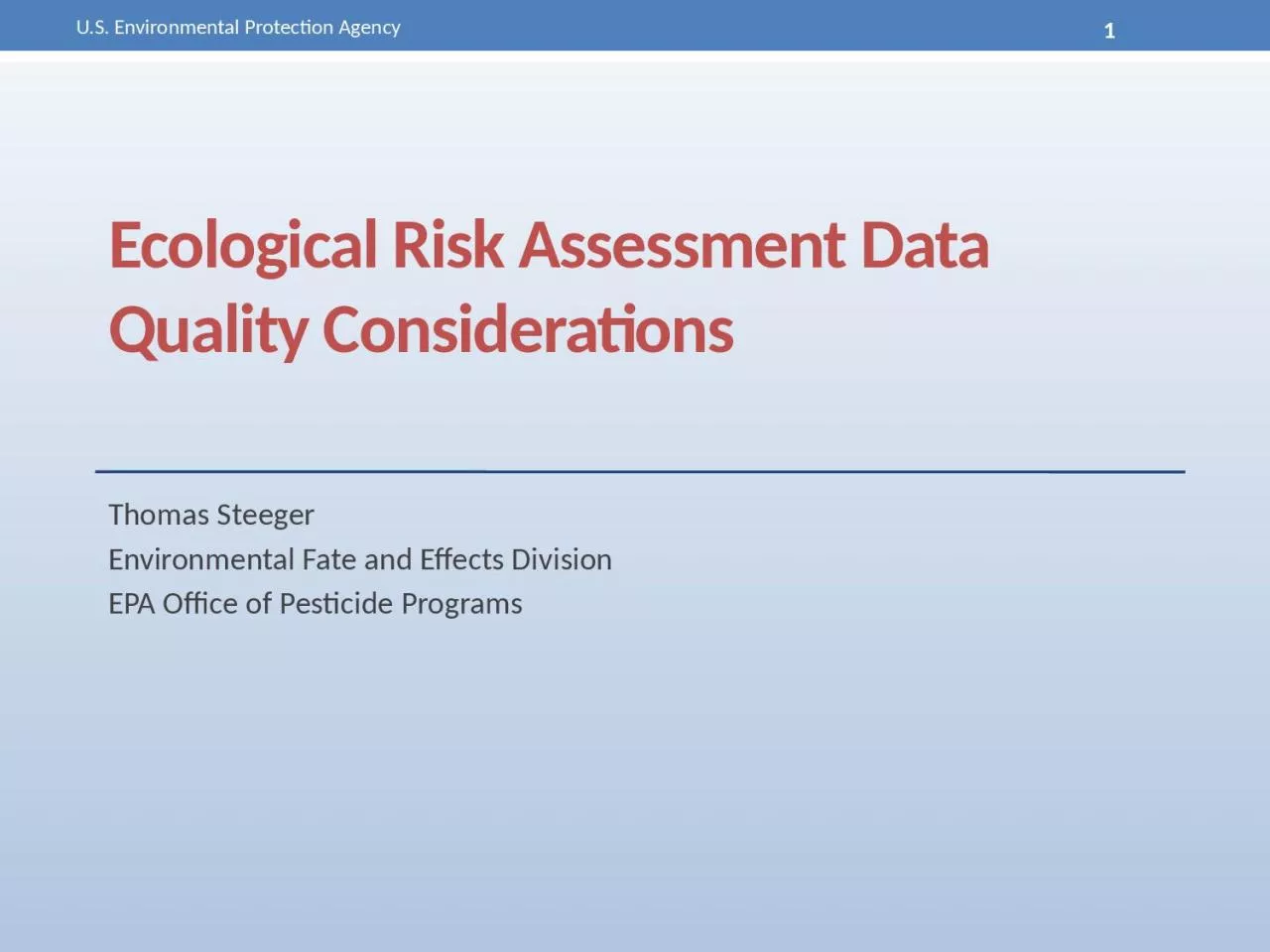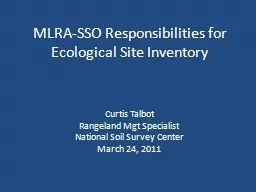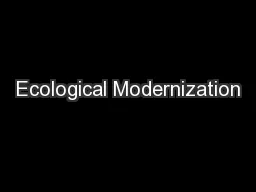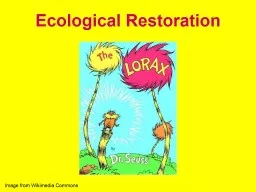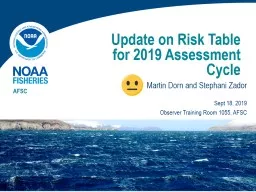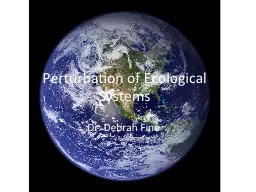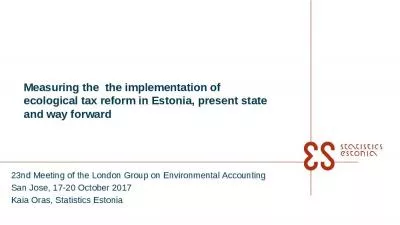PPT-Ecological Risk Assessment Data Quality Considerations
Author : lam | Published Date : 2022-06-18
Thomas Steeger Environmental Fate and Effects Division EPA Office of Pesticide Programs 1 US Environmental Protection Agency Office of Chemical Safety and Pollution
Presentation Embed Code
Download Presentation
Download Presentation The PPT/PDF document "Ecological Risk Assessment Data Quality ..." is the property of its rightful owner. Permission is granted to download and print the materials on this website for personal, non-commercial use only, and to display it on your personal computer provided you do not modify the materials and that you retain all copyright notices contained in the materials. By downloading content from our website, you accept the terms of this agreement.
Ecological Risk Assessment Data Quality Considerations: Transcript
Download Rules Of Document
"Ecological Risk Assessment Data Quality Considerations"The content belongs to its owner. You may download and print it for personal use, without modification, and keep all copyright notices. By downloading, you agree to these terms.
Related Documents

